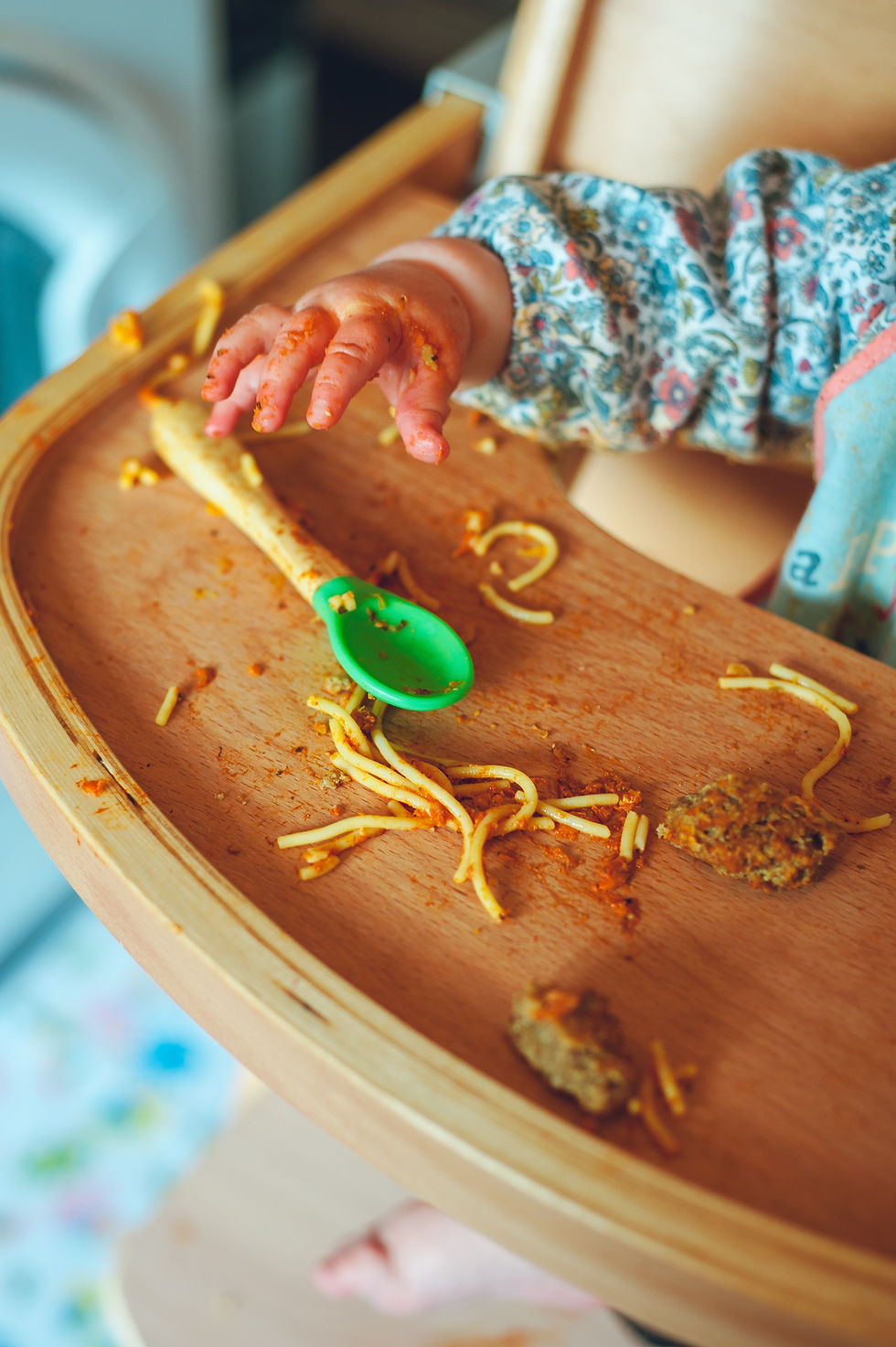Sorting and classifying - an important early math skill
Sorting and classifying is a skill that comes up in several areas of mathematics. Children need to learn to sort and classify items as part of data management, geometry, and patterning.
In grade one, children are expected to learn to classify items by one attribute. That means, for example, that they should be able to put red items in one pile and green ones in another. However, most kids are capable of doing this much, much earlier than grade one.

Believe it or not, even infants can do basic sorting and classifying, though they don't have the language to tell you what they're doing. At around 5-6 months, you may notice that your baby is anxious around strangers. What does this have to do with math? Well, they're able to differentiate between people they know and people they don't know. At the same age, your baby can also differentiate between foods they like and foods they don't like. This is when physical sorting may come into play; the foods they like go into their mouths and those that they dislike end up on the floor!

As babies approach toddlerhood, they notice categories in even more situations. At 14 months, my son began to lick the pictures in his book that show food, but not the pictures of toys. He clearly understands the concept of food vs. not food. Toddlers and preschoolers begin to sort items by colour, shape, and type (eg. toy vehicles vs. toy animals).
Here are some tips to help your child understand the concept of sorting and classifying:
Narrate what you're doing whenever you're doing a task that involves sorting. Explain to your child, "I'm putting the socks in this pile and the shirts in the other pile," or "the cups go in the cupboard by the sink, and the plates go in the cupboard by the stove." You can ask your child to help sort items while putting away laundry, groceries, or dishes, and while tidying their toys.
Label storage areas in your child's bedroom and play space by taking photos of their toys, clothing, and other items that they use frequently. This can help them learn to sort dolls, trains, and blocks into separate bins.
Provide opportunities for your toddler to enjoy loose parts play. When confronted with a variety of objects, many children will naturally begin to sort them.





Comments